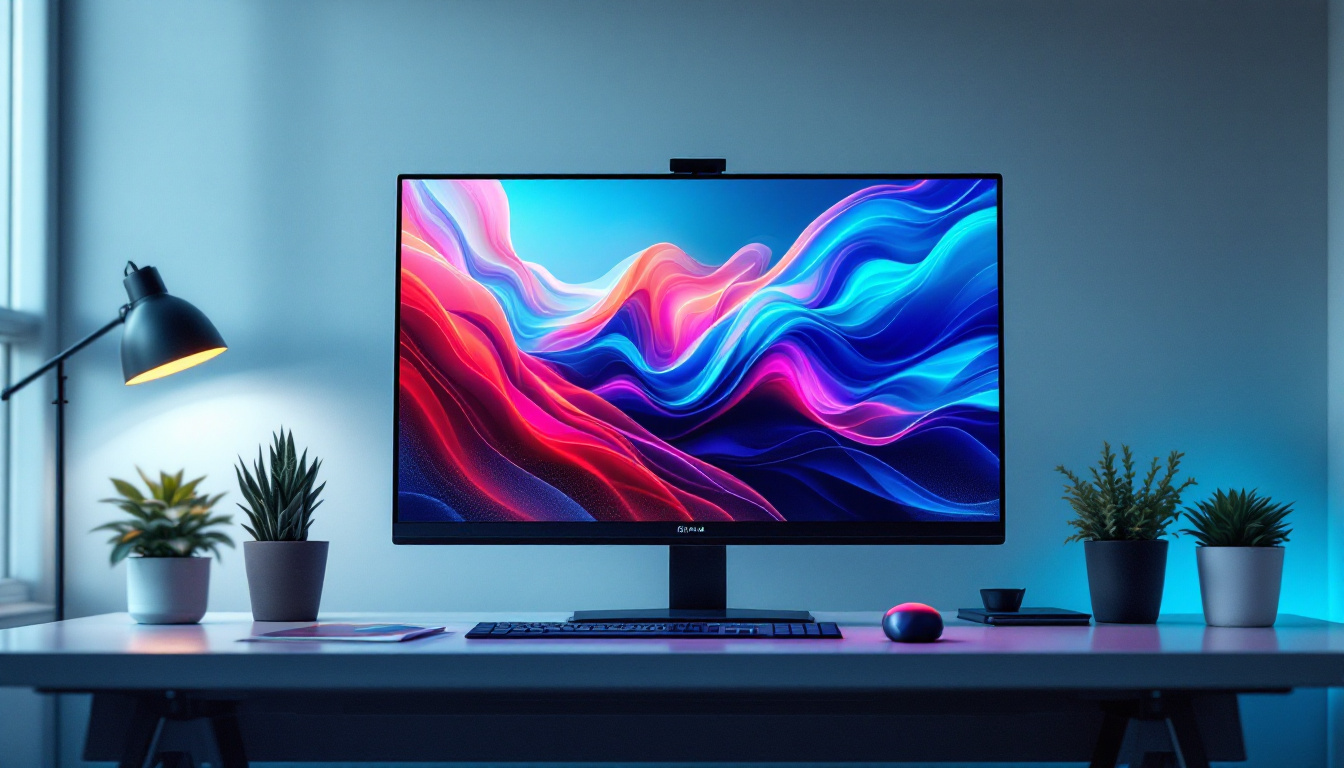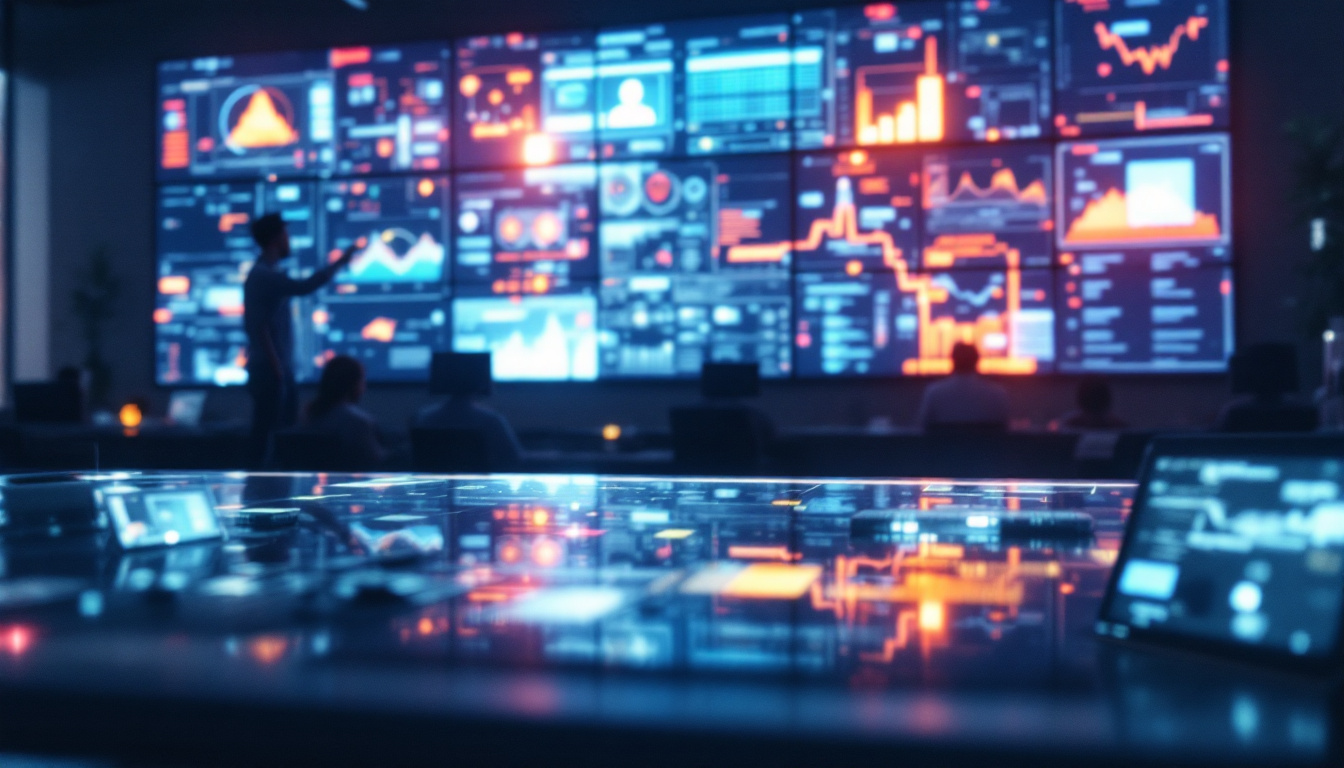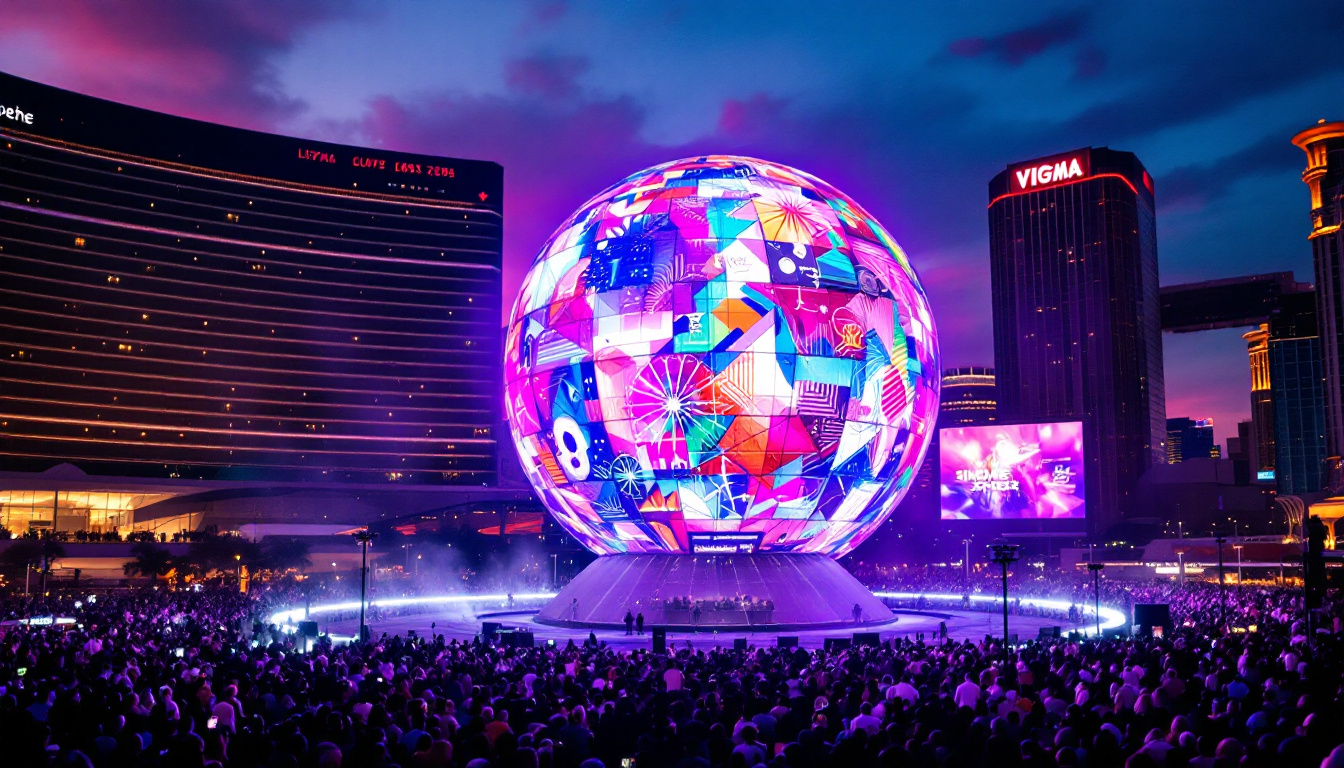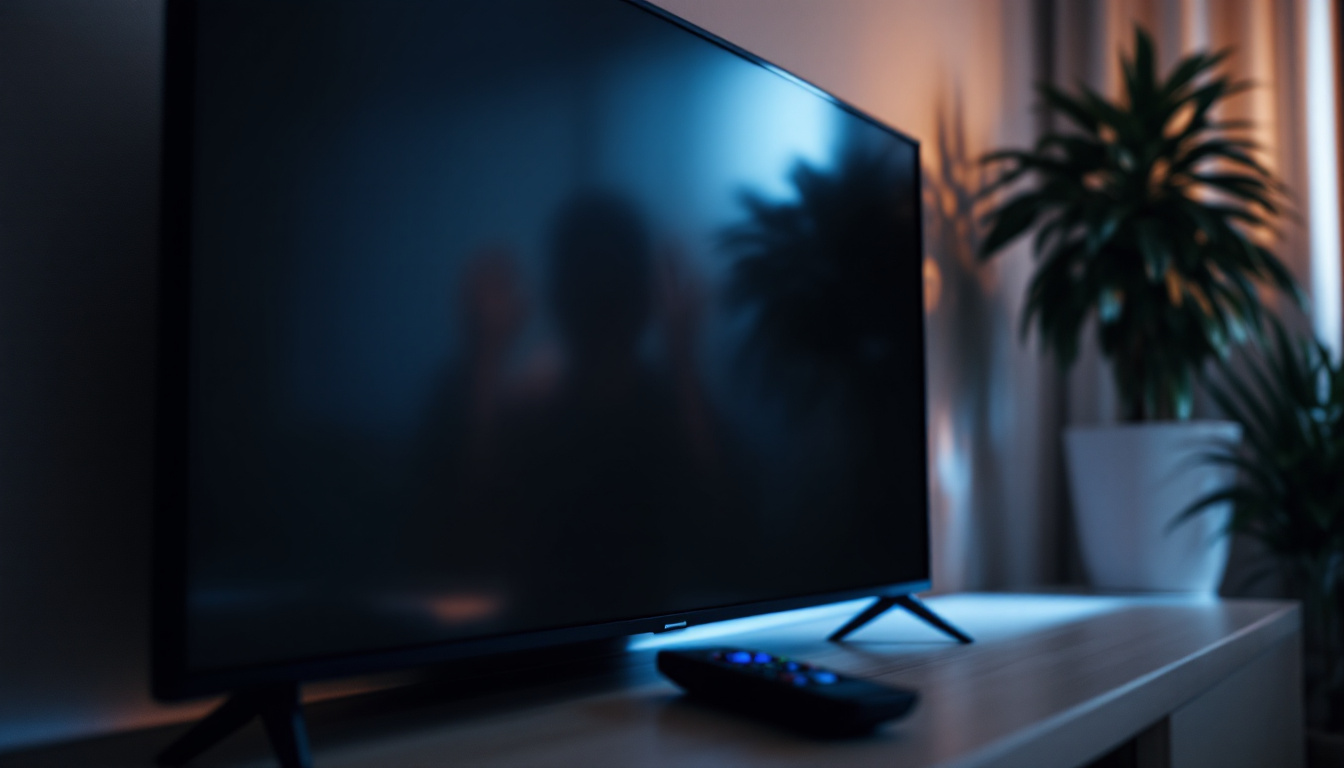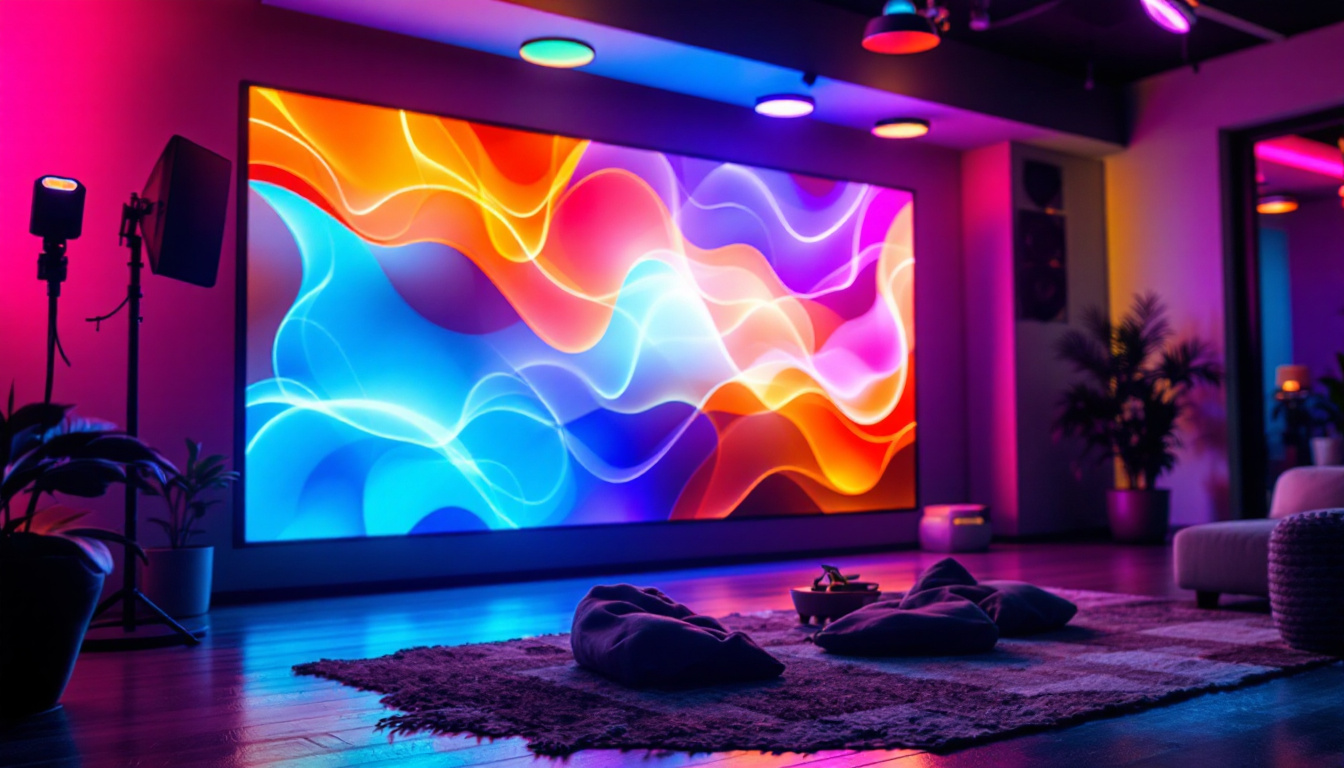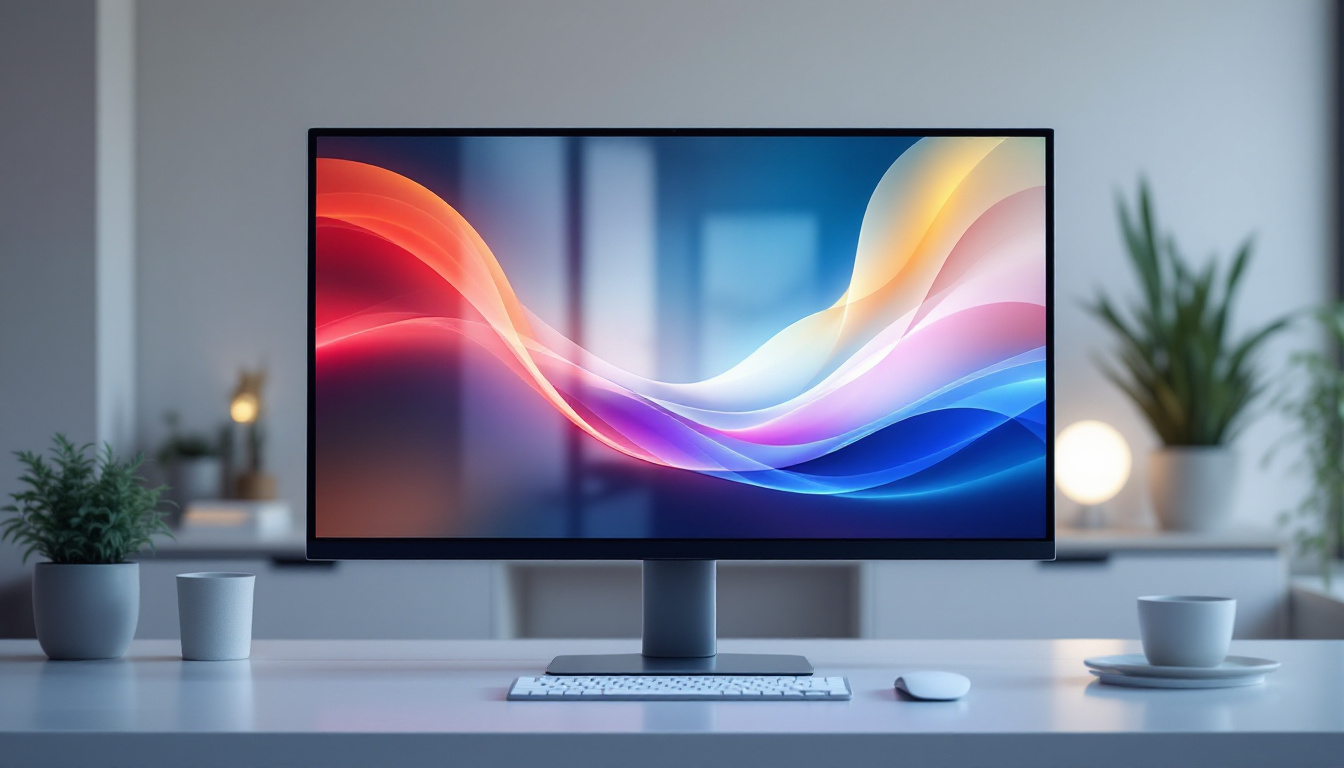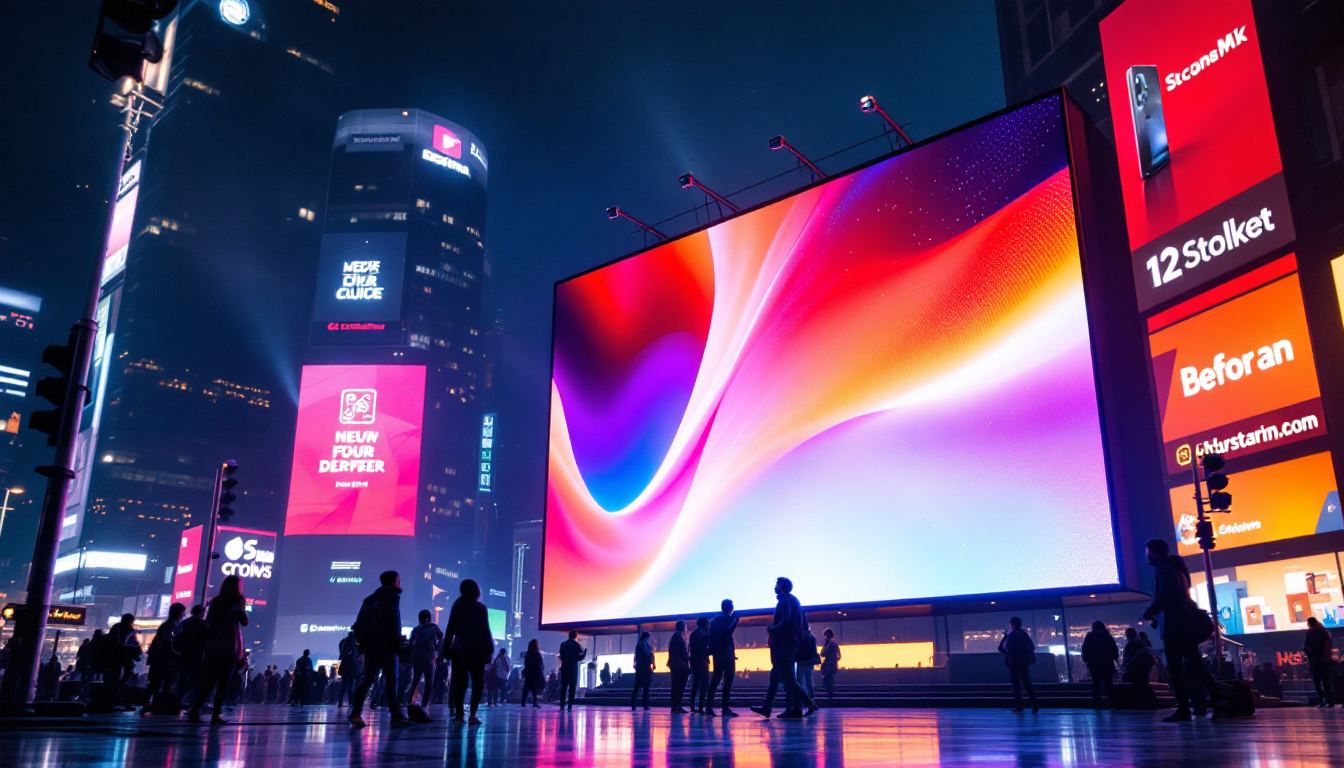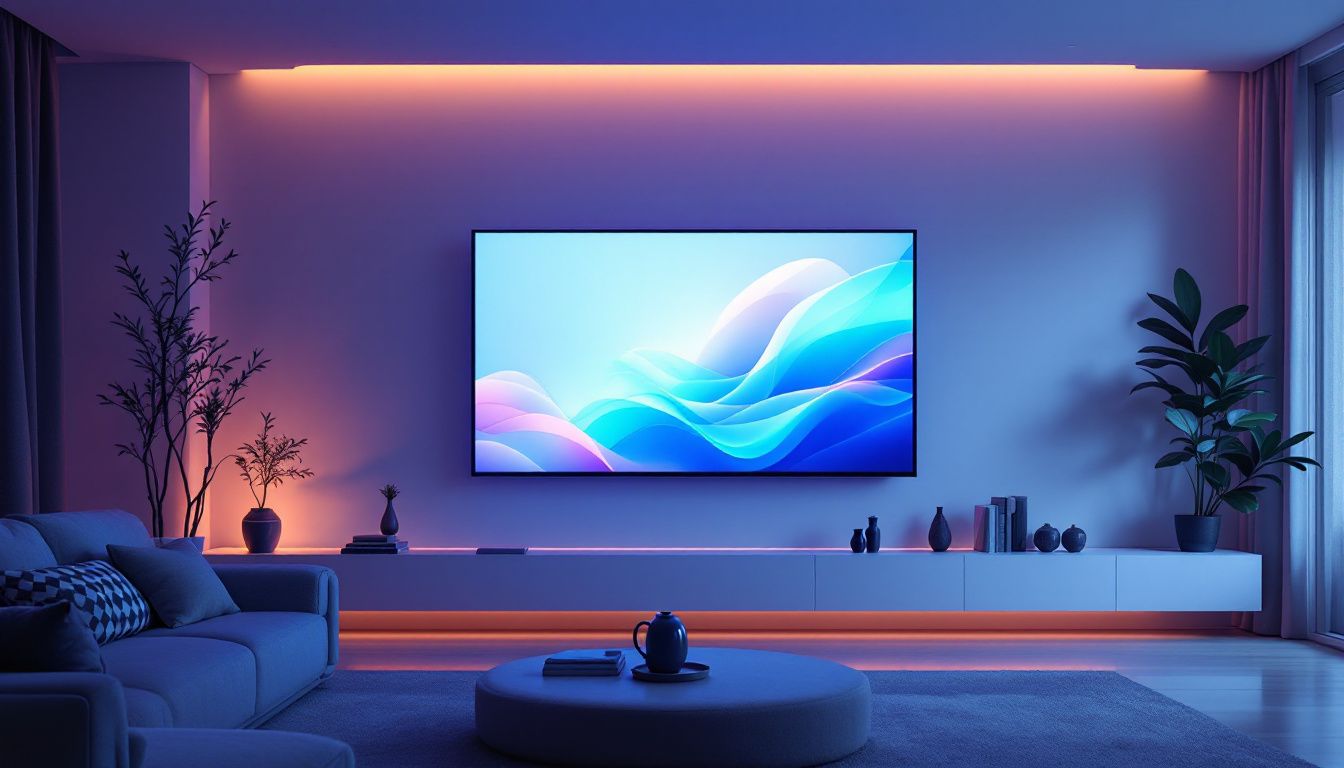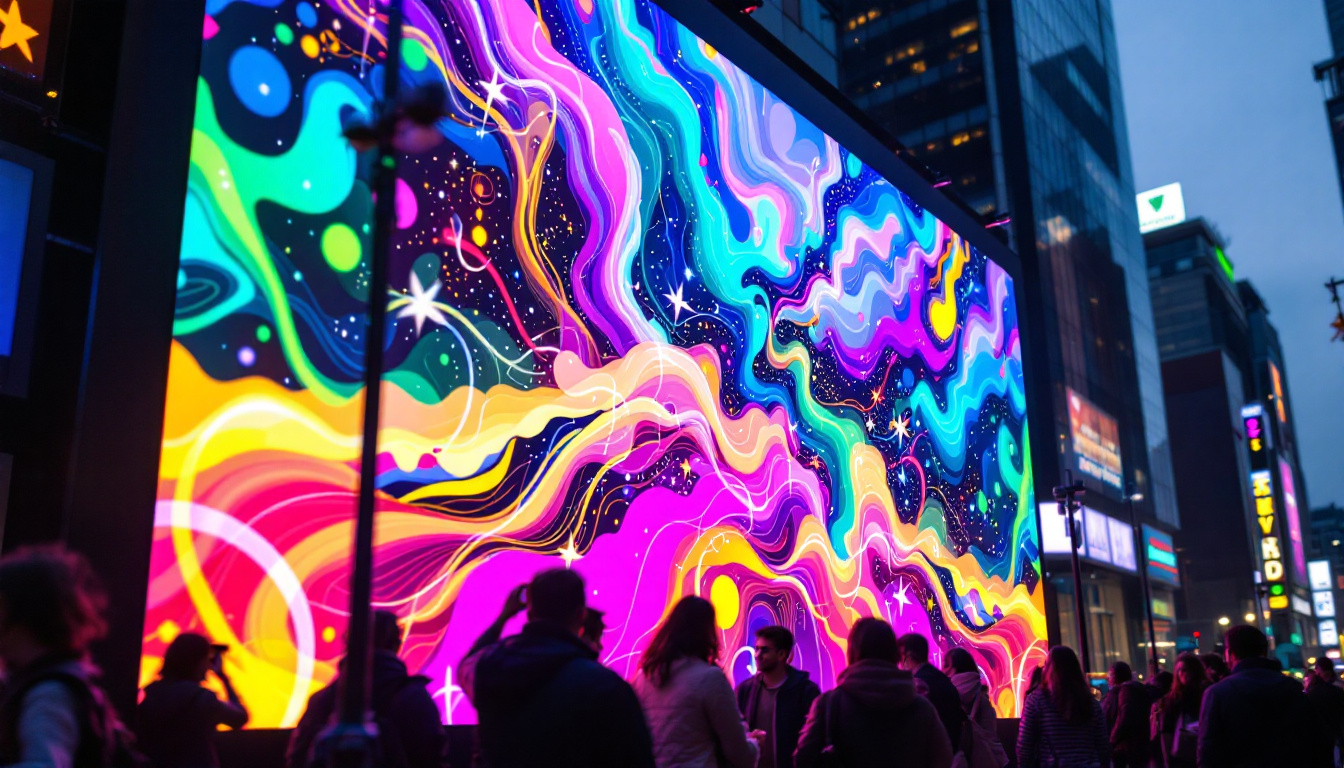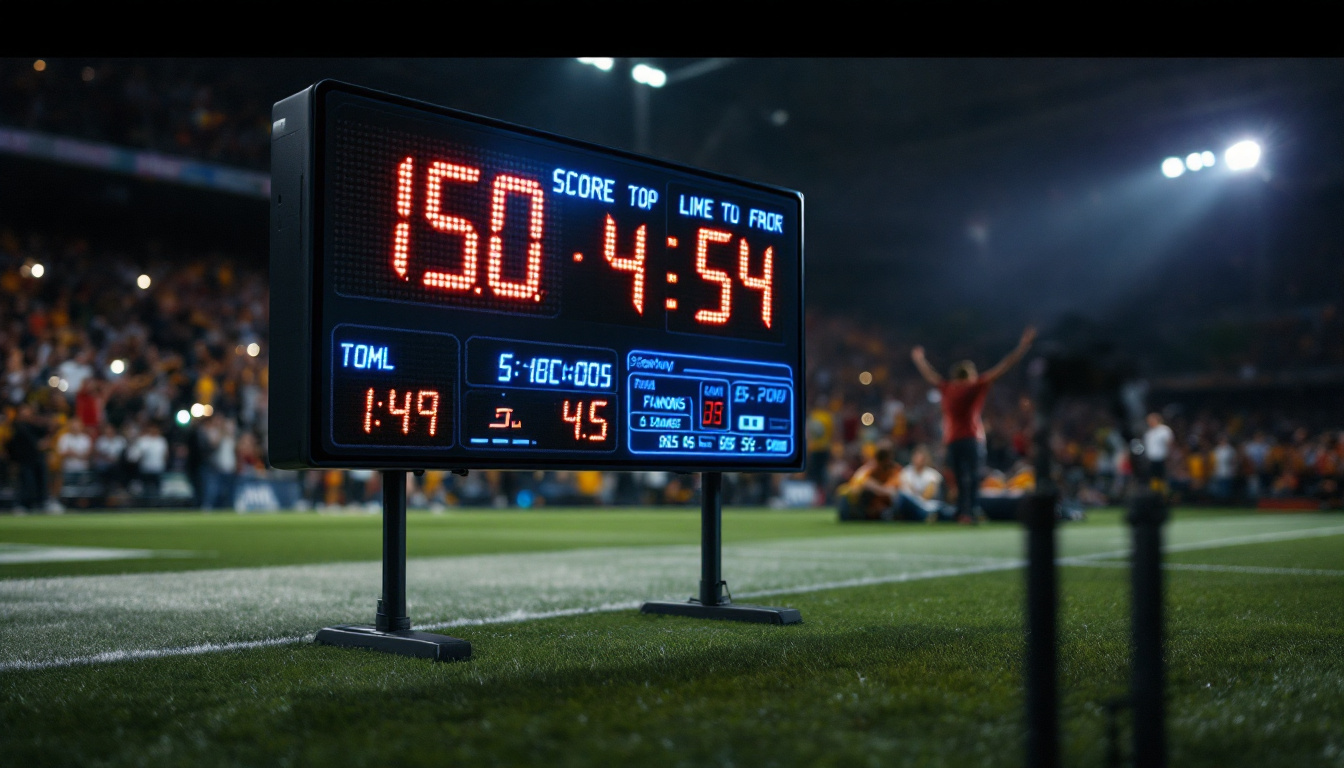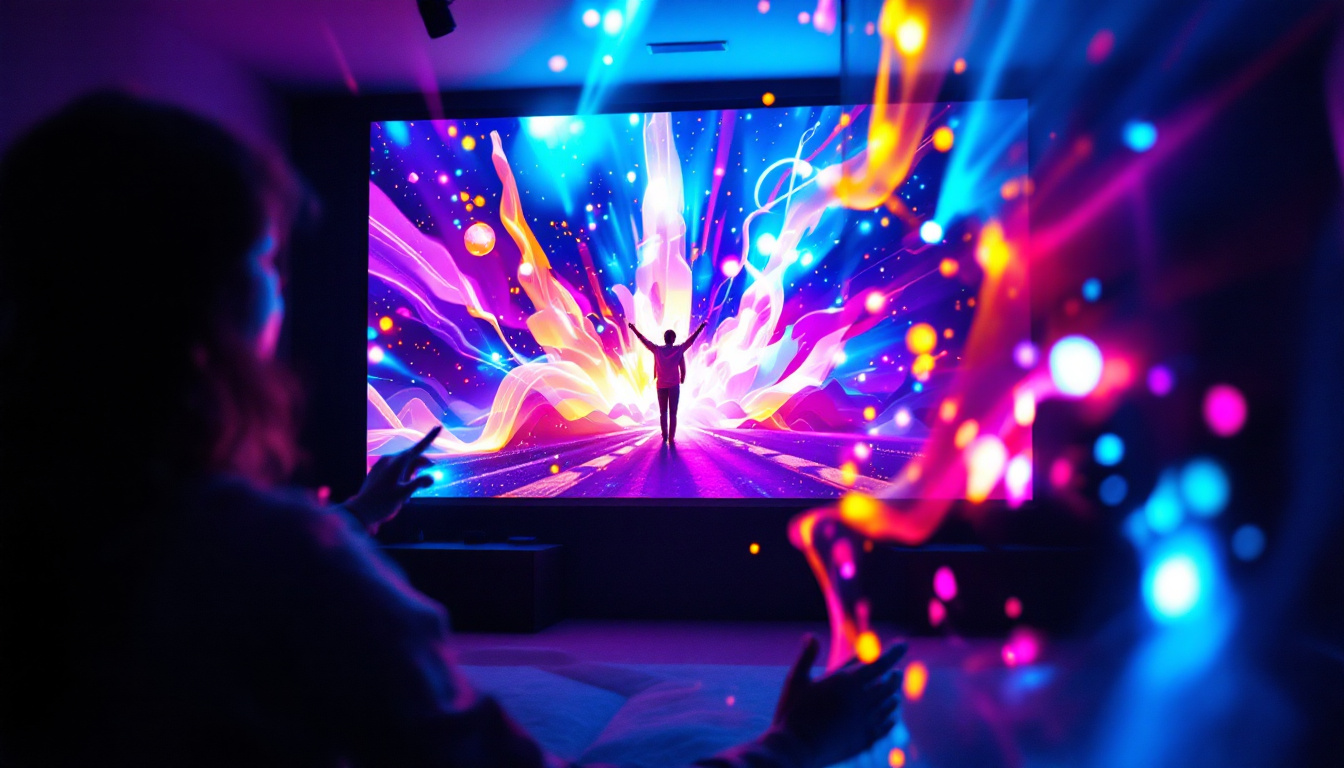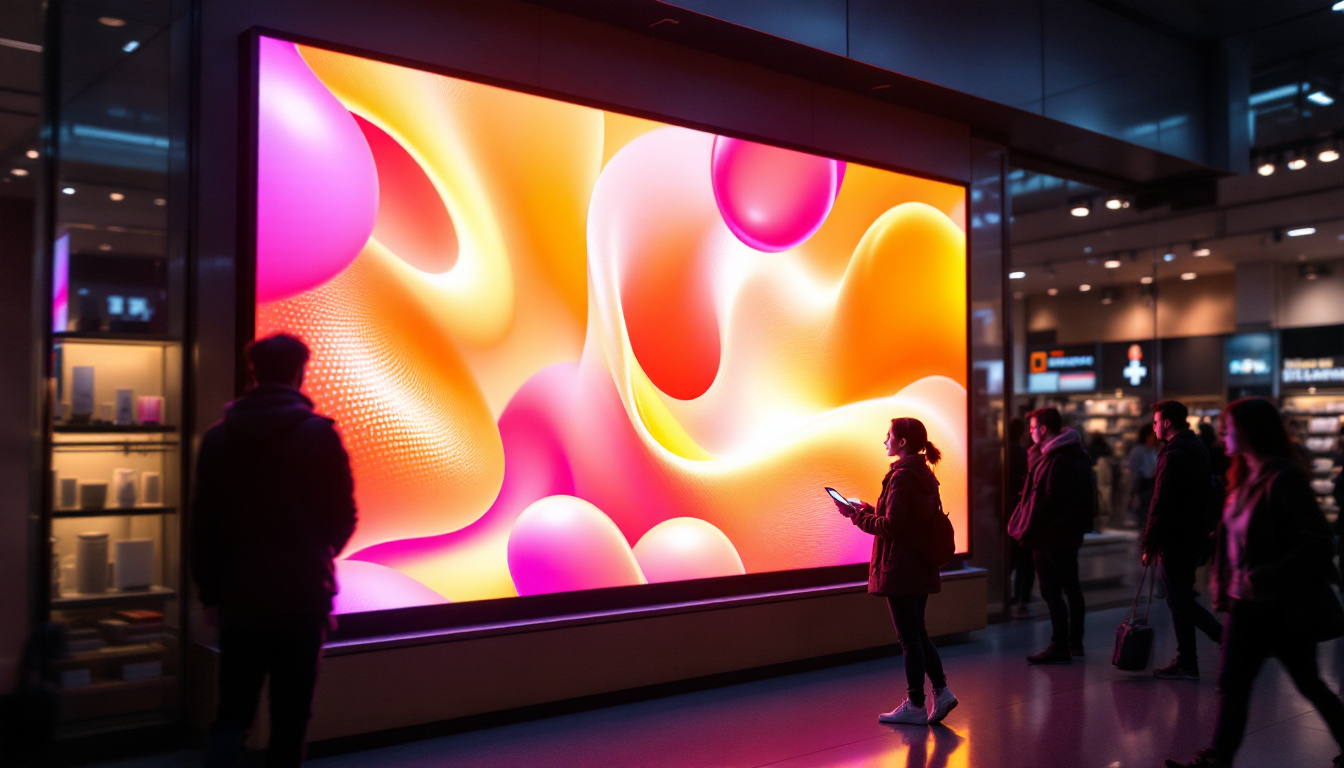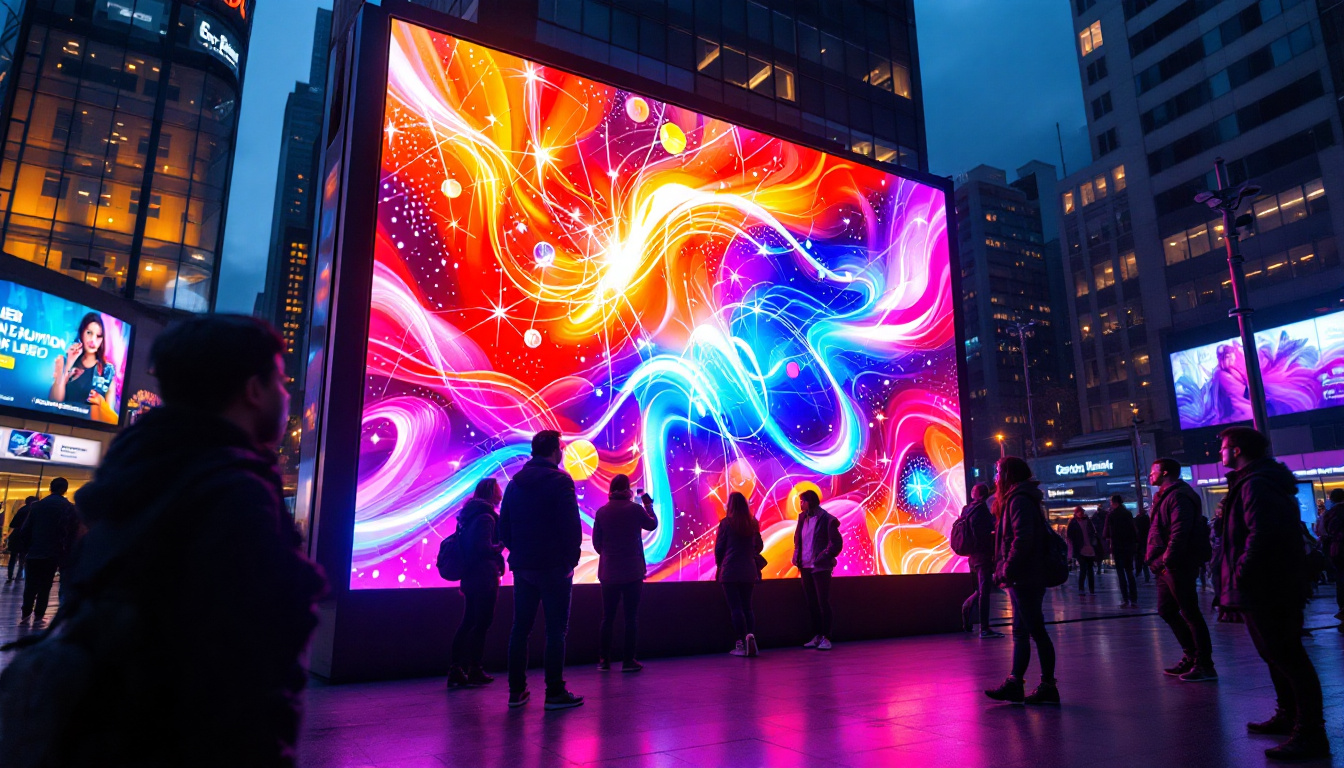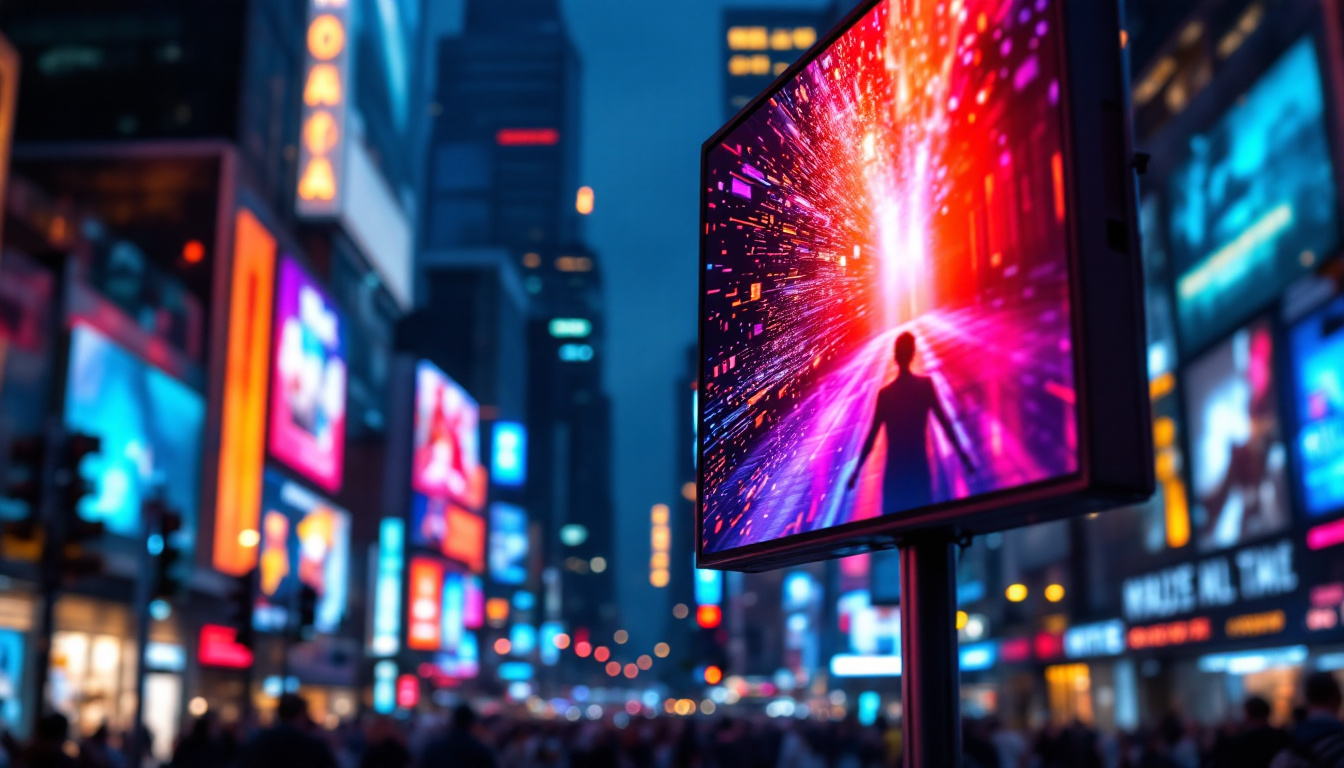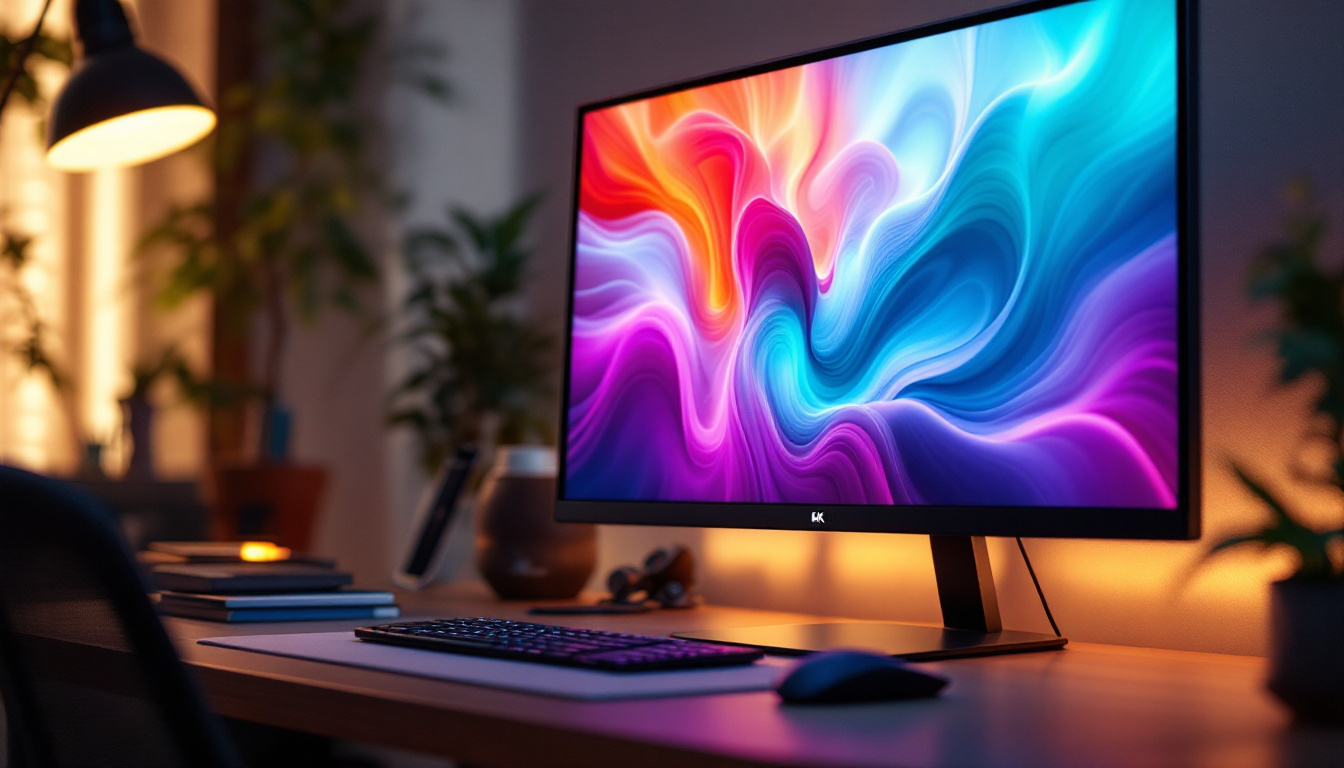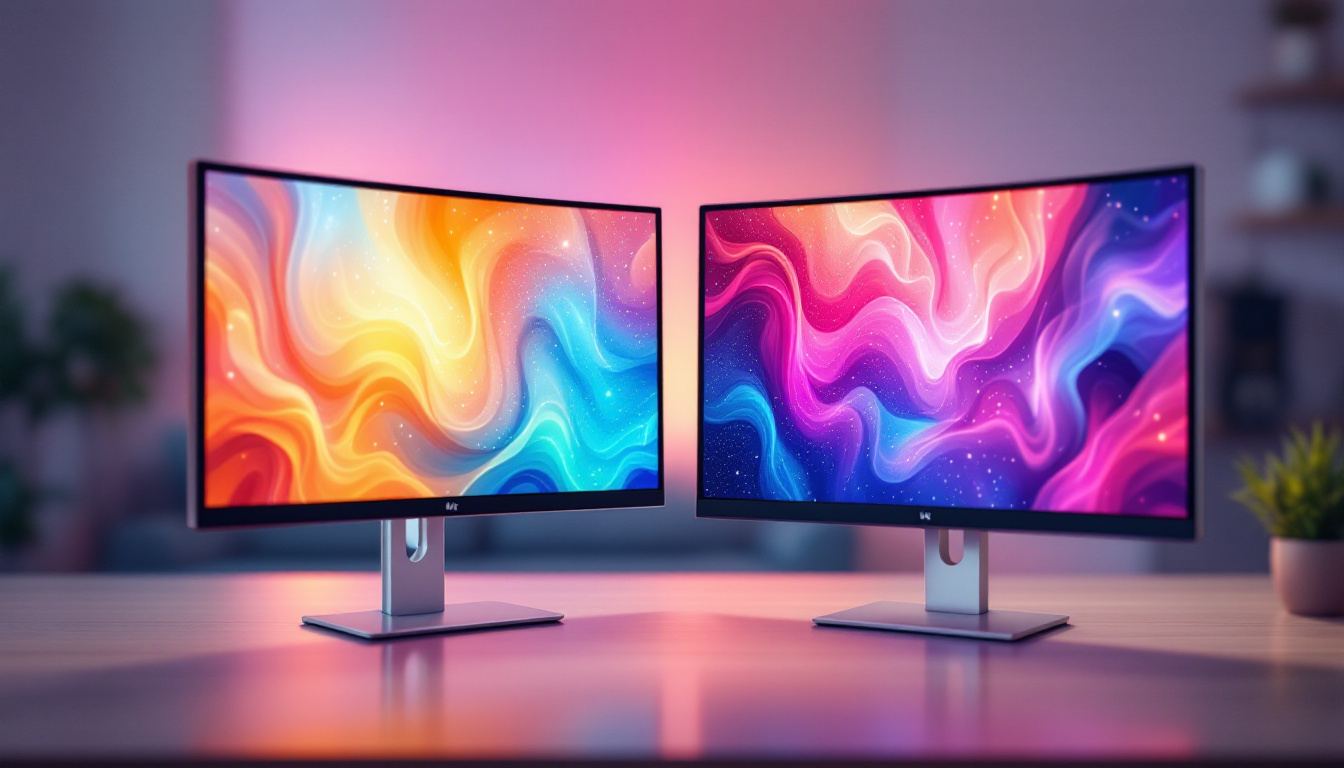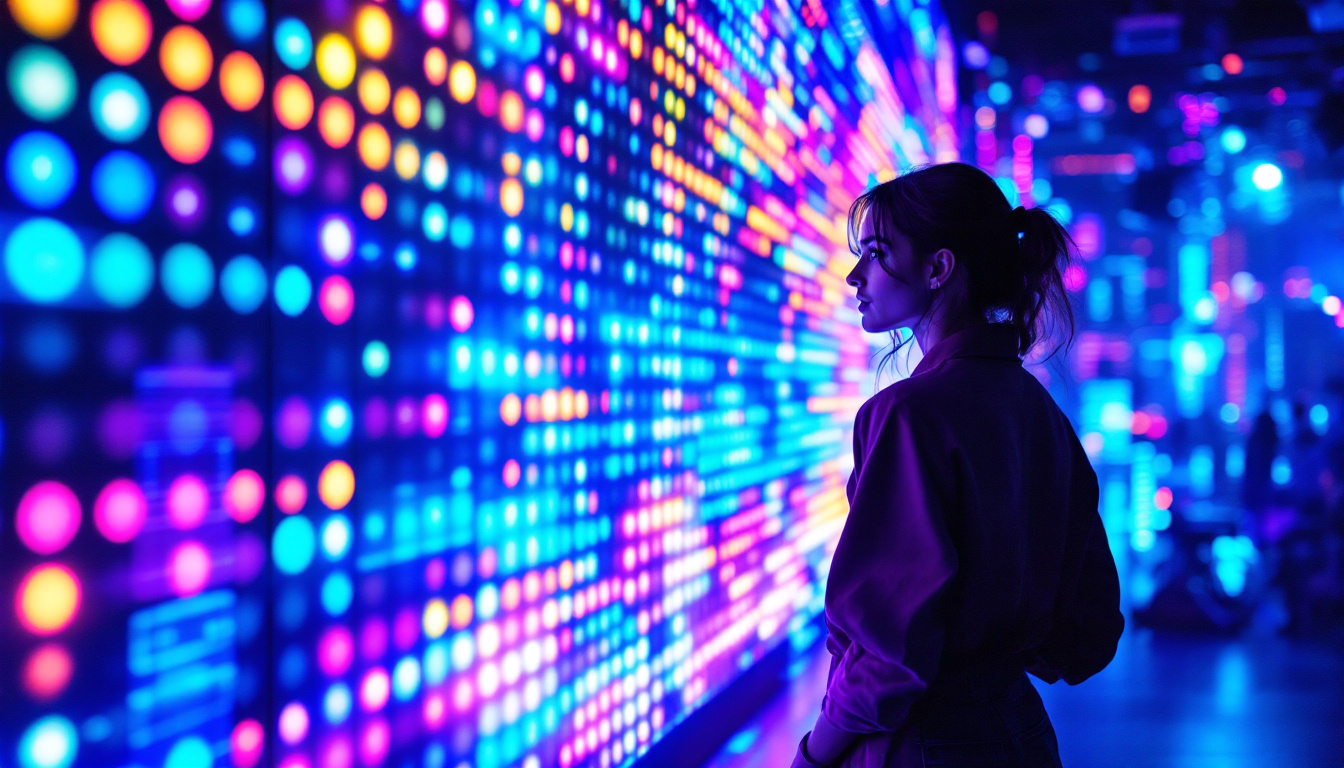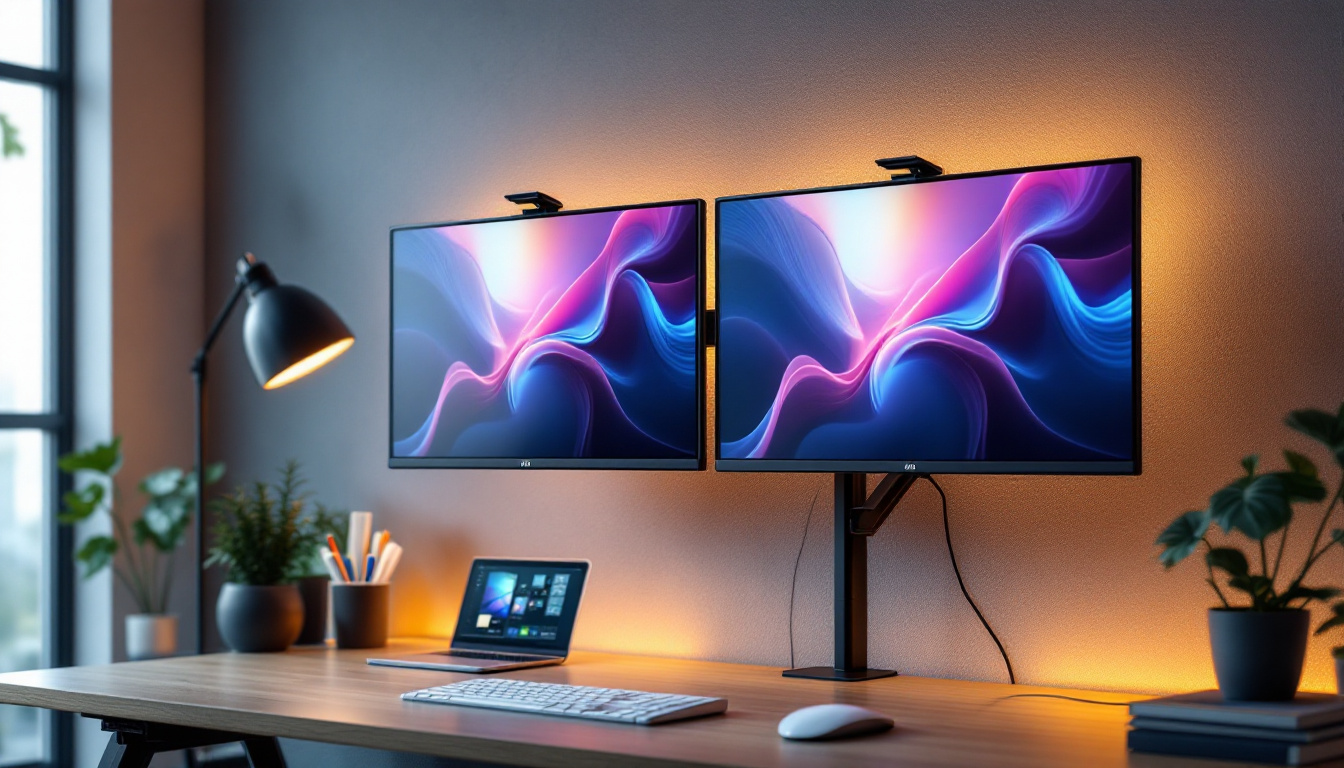What Is LED Monitor: LED Display Explained
The world of display technology has evolved significantly over the years, and one of the most notable advancements is the introduction of LED monitors. These devices have become increasingly popular due to their superior image quality, energy efficiency, and sleek designs. This article delves into what LED monitors are, how they work, their advantages, and their applications in various fields.
Understanding LED Monitors
LED monitors are a type of flat-panel display that uses light-emitting diodes (LEDs) to produce images. Unlike traditional LCD monitors that rely on fluorescent backlighting, LED monitors utilize an array of LEDs to illuminate the screen. This technology not only enhances the brightness and contrast of the display but also contributes to a more energy-efficient operation. The shift to LED technology has revolutionized the display industry, offering consumers a wider range of options that cater to various needs, from casual browsing to high-end graphic design.
How LED Monitors Work
The fundamental operation of an LED monitor involves two primary components: the LED backlight and the liquid crystal display (LCD) panel. The LED backlight serves as the source of illumination, while the LCD panel controls the color and brightness of the pixels displayed on the screen. This combination allows for a more dynamic viewing experience, as the LED backlight can be adjusted to suit different lighting conditions, enhancing visibility in bright environments or creating a more immersive experience in darker settings.
In an LED monitor, the LEDs can be arranged in various configurations. There are two common types: edge-lit and full-array. Edge-lit LED monitors have LEDs positioned along the edges of the screen, while full-array monitors feature a grid of LEDs behind the entire display. Full-array models often provide better contrast and uniformity in brightness. Additionally, many full-array monitors come equipped with local dimming technology, which allows certain areas of the screen to dim independently, further improving the depth of blacks and overall picture quality.
Types of LED Monitors
LED monitors can be categorized into several types based on their technology and application. The most common types include:
- Standard LED Monitors: These are the most prevalent type, utilizing basic LED technology for general use.
- OLED Monitors: Organic Light Emitting Diode (OLED) monitors offer superior color accuracy and deeper blacks, making them ideal for professional graphic work.
- QLED Monitors: Quantum Dot LED (QLED) monitors use quantum dots to enhance color and brightness, providing vibrant images suitable for entertainment.
In addition to these common types, there are also specialized monitors designed for specific tasks. For instance, gaming monitors often feature higher refresh rates and lower response times to provide a smoother gaming experience, while professional monitors may include advanced calibration tools to ensure color fidelity for photographers and videographers. Furthermore, some LED monitors are designed with ergonomic features, such as adjustable stands and blue light filters, to promote user comfort during extended use, addressing the growing concerns about eye strain in our digital age.
Advantages of LED Monitors
LED monitors offer numerous advantages over traditional display technologies, making them a preferred choice for consumers and professionals alike. Here are some key benefits:
Energy Efficiency
One of the most significant advantages of LED monitors is their energy efficiency. Compared to traditional LCD monitors, LED displays consume less power, which can lead to lower electricity bills and a reduced carbon footprint. This efficiency is particularly beneficial for businesses that rely on multiple monitors for their operations. Moreover, many LED monitors come with energy-saving features such as automatic brightness adjustment, which further optimizes power consumption based on ambient light conditions. This not only helps in conserving energy but also extends the lifespan of the monitor, making it a wise investment for both personal and professional use.
Enhanced Image Quality
LED monitors provide superior image quality characterized by brighter colors, higher contrast ratios, and sharper images. The ability to produce deeper blacks and more vibrant colors makes LED displays ideal for multimedia applications, including gaming and video editing. This enhanced image quality is achieved through precise control of the backlighting and pixel illumination. Furthermore, many LED monitors support high dynamic range (HDR) technology, which enhances the viewing experience by delivering a broader range of colors and brightness levels. This feature is particularly appealing to photographers and graphic designers who require accurate color representation for their work, ensuring that what they see on the screen closely matches the final output.
Thin and Lightweight Design
Another notable advantage of LED monitors is their sleek and lightweight design. The thin profile of LED displays allows for more flexible installation options, whether mounted on a wall or placed on a desk. This modern aesthetic appeals to consumers looking to create a stylish workspace or home entertainment setup. In addition to their visual appeal, the lightweight nature of LED monitors makes them easier to transport, which is beneficial for professionals who may need to set up their workstations in different locations. Many models also feature adjustable stands and VESA compatibility, allowing users to customize their viewing angles and ergonomics for maximum comfort during extended use.
Moreover, the advancements in LED technology have led to the development of curved monitors, which provide an immersive viewing experience by wrapping the screen around the viewer’s field of vision. This design not only enhances the overall aesthetic but also reduces glare and distortion, making it a popular choice for gamers and movie enthusiasts. As the technology continues to evolve, we can expect even more innovative features and improvements in LED monitors, solidifying their position as the go-to display solution for a wide range of applications.
Applications of LED Monitors
LED monitors are versatile devices that find applications across various fields. Their adaptability and superior performance make them suitable for a wide range of uses.
Professional Use
In professional environments, LED monitors are commonly used for graphic design, video editing, and other creative tasks. Their ability to display accurate colors and high-resolution images is crucial for professionals who require precision in their work. Additionally, many industries utilize LED monitors for data analysis, presentations, and financial modeling.
Gaming
The gaming industry has embraced LED monitors due to their fast response times and high refresh rates. Gamers benefit from the smooth visuals and reduced motion blur that LED displays offer, enhancing their overall gaming experience. Many LED monitors are specifically designed for gaming, featuring technologies such as G-Sync and FreeSync to minimize screen tearing.
Home Entertainment
For home entertainment, LED monitors have become a popular choice for televisions and home theater setups. Their ability to deliver vibrant colors and high-definition images makes them ideal for watching movies, sports, and playing video games. Additionally, smart LED monitors come equipped with internet connectivity, allowing users to stream content from various platforms.
Choosing the Right LED Monitor
When selecting an LED monitor, several factors should be considered to ensure it meets the user’s needs. Understanding these factors can help in making an informed decision.
Screen Size and Resolution
The screen size and resolution are critical aspects to consider. Larger screens provide a more immersive experience, while higher resolutions, such as 4K, offer sharper images. The choice of size and resolution should align with the intended use, whether for gaming, professional work, or general use.
Refresh Rate and Response Time
For gamers and those who work with fast-moving visuals, the refresh rate and response time are essential specifications. A higher refresh rate (measured in Hertz) results in smoother motion, while a lower response time (measured in milliseconds) minimizes motion blur. These factors are particularly important in competitive gaming scenarios.
Connectivity Options
Connectivity options are also vital when choosing an LED monitor. Look for monitors that offer a variety of ports, such as HDMI, DisplayPort, and USB-C, to ensure compatibility with different devices. Additionally, built-in features like speakers and USB hubs can enhance the overall user experience.
Maintenance and Care for LED Monitors
Proper maintenance and care can extend the lifespan of an LED monitor and ensure optimal performance. Here are some tips to keep in mind:
Cleaning the Screen
Cleaning the screen regularly is essential to maintain clarity and prevent dust buildup. Use a microfiber cloth and a gentle cleaning solution specifically designed for electronics. Avoid using harsh chemicals or abrasive materials that could damage the screen’s surface.
Adjusting Settings
Adjusting the monitor’s settings can enhance the viewing experience. This includes calibrating brightness, contrast, and color settings according to personal preferences and lighting conditions. Many monitors come with preset modes for different activities, such as gaming or reading, which can be beneficial.
Positioning the Monitor
Proper positioning of the monitor can reduce eye strain and improve comfort during use. The monitor should be at eye level, approximately an arm’s length away, to promote good posture and reduce fatigue. Additionally, minimizing glare from windows or overhead lights can improve visibility.
Future of LED Monitor Technology
The future of LED monitor technology looks promising, with continuous advancements aimed at enhancing performance and user experience. Innovations in display technology are expected to further improve color accuracy, energy efficiency, and resolution.
Emerging Technologies
One of the most exciting developments in the field is the integration of artificial intelligence (AI) in monitor technology. AI can optimize display settings based on content type, ambient light conditions, and user preferences, providing a tailored viewing experience. Additionally, advancements in quantum dot technology are expected to enhance color reproduction and brightness.
Environmental Considerations
As sustainability becomes increasingly important, manufacturers are focusing on creating eco-friendly LED monitors. This includes using recyclable materials and reducing energy consumption during production and operation. The push for greener technology is likely to shape the future of LED displays.
Market Trends
The demand for LED monitors is expected to grow, driven by the rise in remote work, online gaming, and digital content consumption. As consumers seek high-quality displays for various applications, manufacturers will continue to innovate and offer a wider range of products to meet these needs.
Conclusion
LED monitors have revolutionized the way we interact with digital content, providing enhanced image quality, energy efficiency, and sleek designs. Understanding the technology behind LED displays, their advantages, and their applications can help consumers make informed decisions when selecting a monitor. As technology continues to advance, LED monitors are poised to become even more integral to our daily lives, shaping the future of visual experiences.
Discover LumenMatrix’s Innovative LED Solutions
Ready to experience the future of LED technology today? Explore LumenMatrix’s comprehensive range of cutting-edge LED display modules, designed to bring your visual communication to life. Whether you’re looking for an Indoor LED Wall Display, a vibrant Outdoor LED Wall Display, or specialized solutions like Vehicle LED Displays and LED Sports Displays, LumenMatrix has the perfect fit for your needs. Elevate your brand visibility and captivate your audience with our state-of-the-art LED solutions. Check out LumenMatrix LED Display Solutions and transform your space into a dynamic visual experience.

